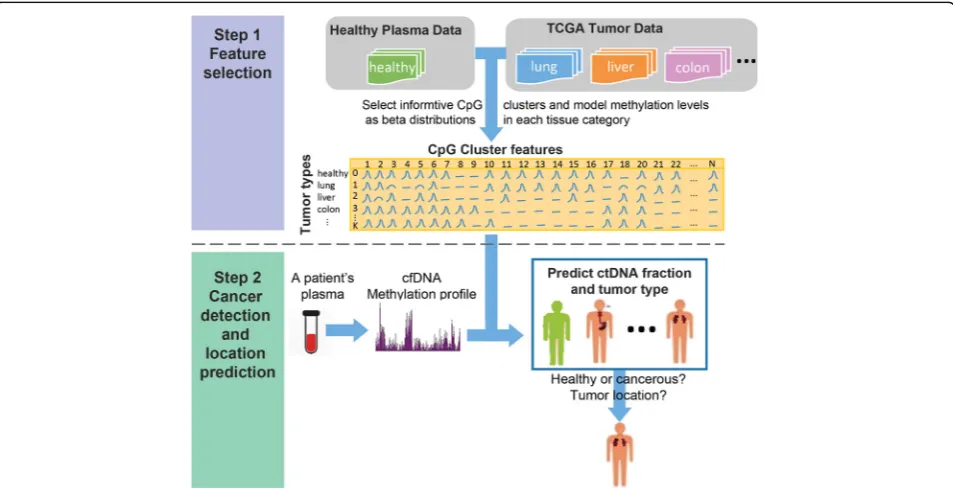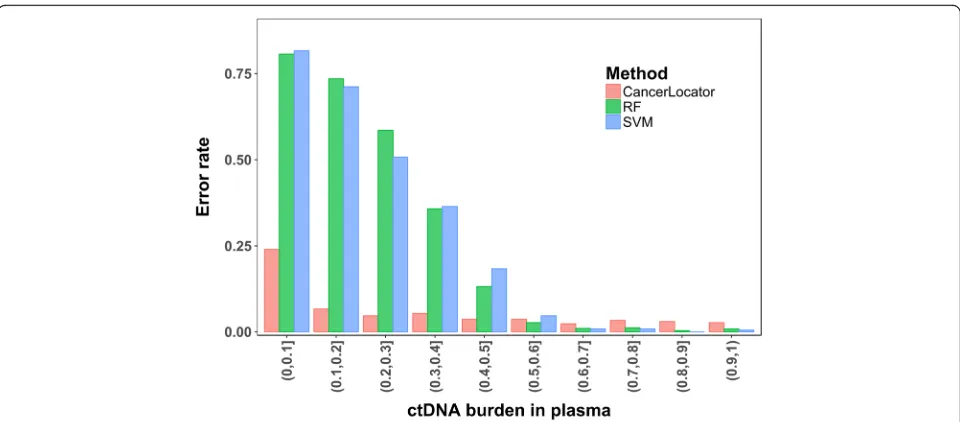CancerLocator: non invasive cancer diagnosis and tissue of origin prediction using methylation profiles of cell free DNA
Full text
Figure




Related documents
Incorporating Grindstaff’s (2002) framework surrounding race in television news, Bell-Jordan (2008) found that reality TV shows used five specific strategies to
That Commonwealth states may nominate a judge on the Special Court for Sierra Leone suggests that common legal tradition is an important characteristic for the success of
The collective action problem, Steif learned, arises because the conflicting interests of a debtor State and its creditors make it difficult to reach
In trying to apply a concept of a prima facie case that raises a pre- sumption in favor of the claimant and shifts a rebuttal burden to the respondent, a
The main objective of this paper is to present the past and current robotic systems available in orthopedic surgery with a primary focus on the current and evolving technologies
We used atmospheric dispersion modelling for PNCs in the five target cities and on a European scale, and evaluated the predicted results against available measured concentrations..
The cytokine environment during T cell activation triggers the differentiation of T helper cells into different subsets that are defined by the expression of
Für eine Beteiligung von PIP2 an der Podosomen-Regulation spricht auch, dass im Rahmen der vorliegenden Arbeit erstmals für Proteine der PLC β -Familie eine spezifische

